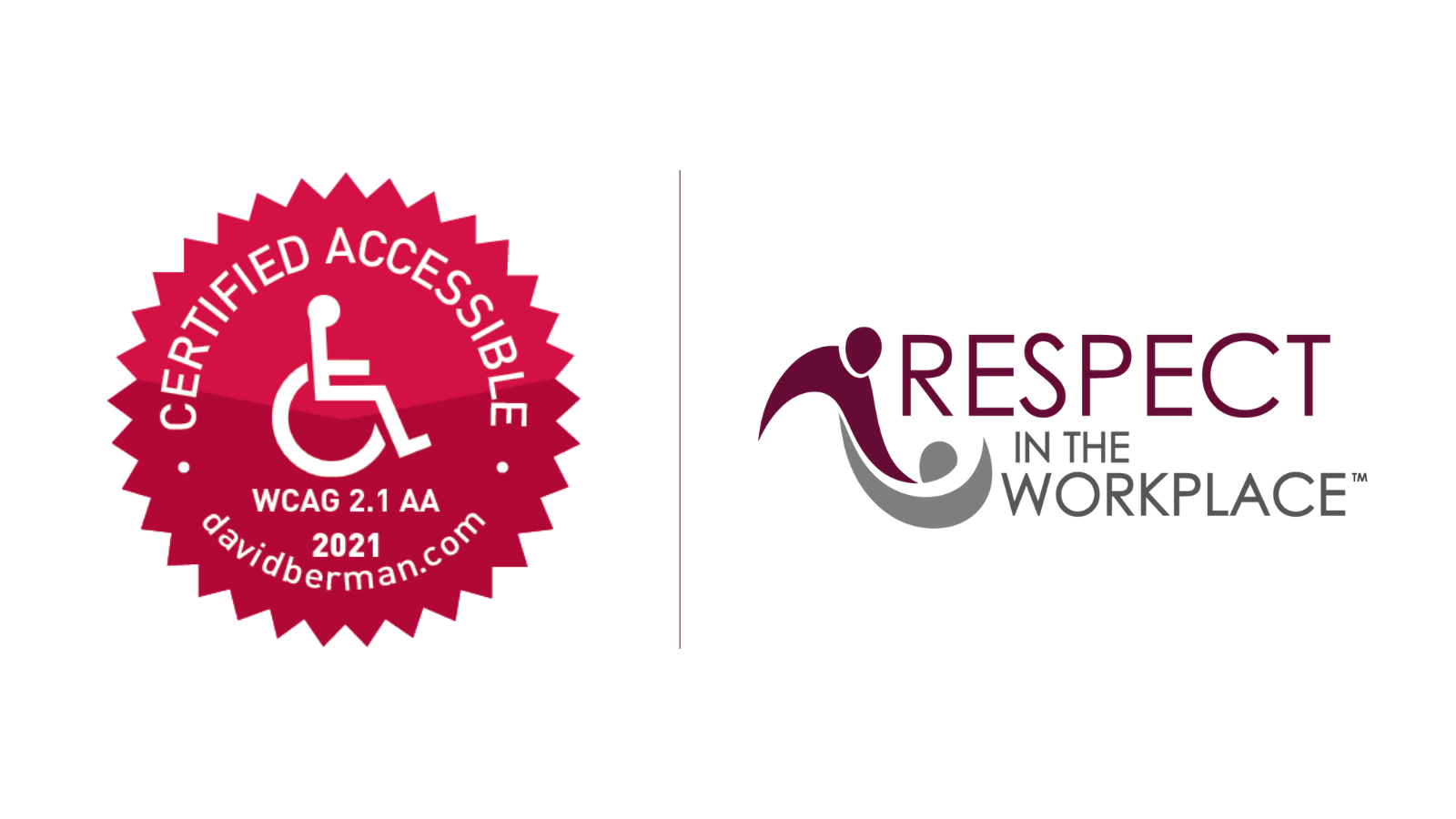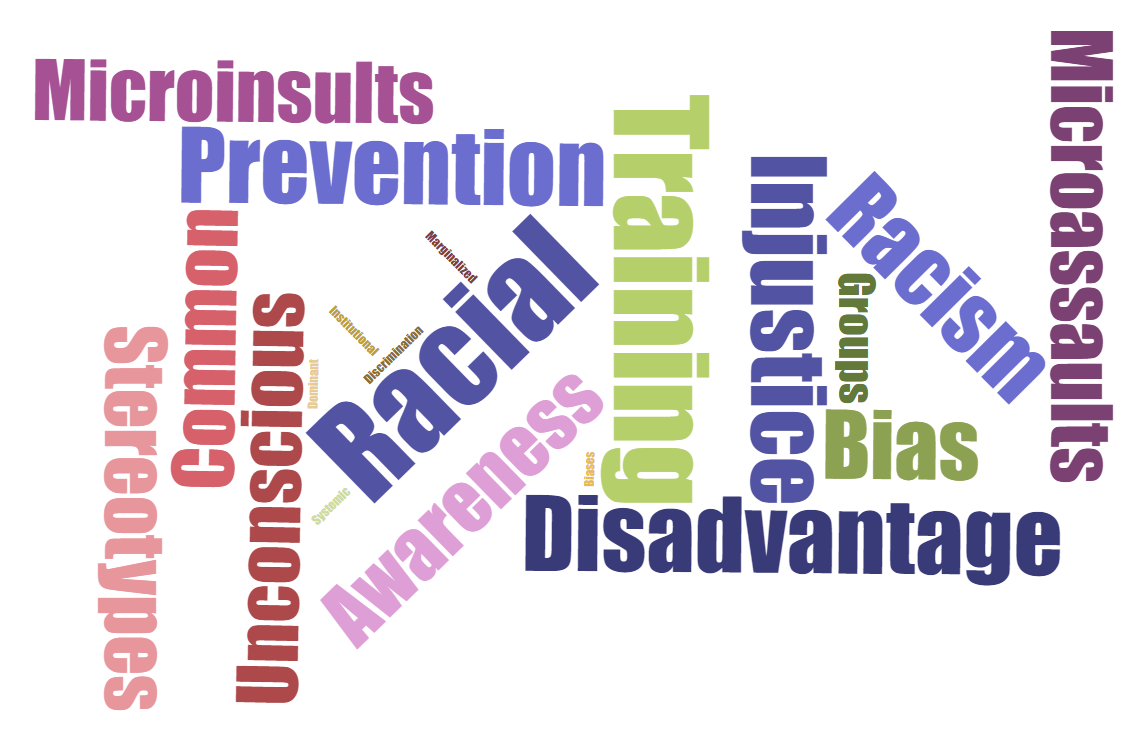Mentorship: It’s impact in your workplace
November 2nd, 2022 Research, Respect in the Workplace, Respect Tools & Tips
Mentorship: It’s impact in your workplace
Today, most businesses and organizations are interested in advancing opportunities for their employees to learn and grow. Career development has become a top priority for both employees and employers resulting in more companies implementing mentorship programs. A mentorship program is a method for employees to accelerate their adjustment and advancement in the workplace.
What is mentoring?
Mentoring is the process in which an individual provides their experience and expertise to support a junior or less experienced colleague. A mentor serves as a guide to help support their colleague develop their skillset and grow their knowledge and understanding in a broad or specific field. The objective of mentoring is to prepare mentees for next steps in their professional career. Therefore, mentoring is not a position to reinforce your superiority, rather an opportunity to support the next generation of leaders. When matched correctly, mentorship has been proven to enhance the quality experience of individuals in the workplace.
What do mentors do?
In a workplace, mentors support their colleagues to learn more about how to efficiently complete their role. This can be completed formally by meeting at a specific time and date on a regular basis or informally having casual conversations whenever needed. Mentors serve as coaches, teachers, and positive role models. They often share experiences of their career path and provide insight, guidance, and emotional support based on the challenges they have faced to date. A mentor, therefore, may assist with helping you achieve your short and long-term goals that go beyond the workplace.
Why mentor in the workplace?
The workplace can seem like a daunting place when taking on a new role. New colleagues want to ensure they perform efficiently from the get-go and are motivated to grow into a very successful employee at the business. But it’s not as easy as it seems. A new work environment takes time to adjust, learn, and observe from peers. A mentor can help one achieve their goals by sharing their experience when they were in the same position. They can further share how they were able to succeed and the measures they took in order to accelerate their growth. Not only can they provide insightful guidance, but they will also improve employee retention. Employees that are mentored are less likely to leave their organization leading to talent being retained in the business.
Benefits of mentoring
Although it may seem that mentees are the ones benefiting from the relationship, mentorship is actually mutually beneficial. According to numerous studies, individuals that mentored colleagues felt a greater sense of satisfaction with their workplace and felt that they were contributing in a meaningful way to the team’s goals. Mentors are able to get more perspective on different problems and challenges

experienced at the workplace and beyond, resulting in improvements on performance. Research suggests that mentoring can improve the emotional health of both mentors and mentees when a close, trusting relationship is established. In stressful work environments mentees and mentors benefit from sharing different coping mechanisms. Mentoring also plays a critical role in getting your employees more familiar with the work culture, enabling their active involvement. Furthermore, it opens up new networks across departments in your workplace enhancing your visibility and worth. It’s important to note that mentorship doesn’t have to be formal. Mentorship can consist of informal meetings, providing advice, check-ins on the mentees’ mental and emotional well-being and so forth. The most important thing to consider in your mentorship journey is how to successfully implement your ability to mentor your peers. Remember, mentoring is not just confined to the role, mentoring in a workplace can consist of career mentoring, psychosocial mentoring, and role modeling.
Characteristics of efficient mentors:
- Competent: a great mentor needs to be fully competent in their field and possess great leadership, managerial, and communication skills.
- Approachable: being friendly and open to communicate with is a crucial aspect of mentorship. Listening to the mentee and acknowledging their thoughts and opinions is extremely important. When people transition to a new role, they have valid questions and concerns but sometimes maybe afraid to articulate them to a senior as they feel they may be judged. As a mentor, being approachable, empathetic and open-minded allows your mentor to feel more comfortable sharing their questions and concerns.
- Respectful: valuing the mentee and considering their well-being is extremely important. Respectful constructive criticism can help improve and push the mentee to their potential.
- Role model: providing guidance for the mentee to reach their career goals is fundamental to their growth. This does not mean that you are producing a replica of yourself. Rather, assisting your mentee to build their own identity and be their own creative and unique self.
- Supportive: exposing mentees to a wide network of professionals and enabling them to showcase their competence and skill set.
Benefits of being mentored
Guidance from senior colleagues has been shown to enhance mentees’ job performance and satisfaction. This unique experience enables knowledge transfer at a substantial rate compared to a colleague who is not being mentored. In turn, this enhances the mentees’ confidence and ability to execute projects efficiently. Mentees are also exposed to greater networks and opportunities at the business which ultimately leads to employees remaining at the company longer and reporting higher job satisfaction.
Characteristics of efficient mentees:
- Eager to learn: having a desire to learn new things, methods, and strategies that have been beneficial to your mentor will support your transition to the position. Taking risks and having an open mind will help you tackle challenges in ways one hadn’t imagined before.
- Take initiative: Learning is a journey, but the journey should be initiated by you. Successful mentees visualize what they want to achieve in the near future and work incredibly hard to learn what it takes to get there.
- Respectful: being thankful of the time and energy a mentor dedicates is very important. Appreciate that their expertise, knowledge and experience can be essential to your learning.
- Goal oriented: walking into a mentorship relationship with specific goals and desire to achieve it will certainly assist your mentor with understanding what direction you would like to take. This makes the relationship more meaningful and allows for greater productivity.
Conclusion
The purpose of mentorship programs is to accelerate the personal and professional development of mentees. Mentoring in the workplace provides junior colleagues with guidance and support to integrate into the work environment and further advance their careers. Mentoring can be mutually beneficial to both mentor and mentee by improving their social well-being and adding more purpose and meaning to the work environment. This relationship provides both parties with an opportunity to learn and grow from the experience. Mentorship programs can enrich the culture of the workplace and have been proven to assist in unequivocal ways ultimately leading to a positive work environment.
References:
Abbajay, B. M. (2013). The Working Life : The Importance of Workplace Mentors. Working Workplace, 1–4.
Allen, T. D. (2007). Mentoring relationships from the perspective of the mentor. In B. R. Ragins & K. E. Kram (Eds.), The Handbook of mentoring at work: Theory, research, and practice (pp. 123-147). Sage.
Chao, G. T., Walz, P., & Gardner, P. D. (1992). Formal and informal mentorships: A comparison on mentoring functions and contrast with non-mentored counterparts. Personnel Psychology, 45(3), 619–636.
Eby LT, Allen TD, Evans SC, Ng T, Dubois D. Does Mentoring Matter? A Multidisciplinary Meta-Analysis Comparing Mentored and Non-Mentored Individuals. J Vocat Behav. 2008 Apr;72(2):254-267. doi: 10.1016/j.jvb.2007.04.005. PMID: 19343074; PMCID: PMC2352144.
Eby, L. T., & Robertson, M. M. (2020). The psychology of workplace mentoring relationships. Annual Review of Organizational Psychology and Organizational Behavior, 7, 75–100.
Graen, G. B., & Uhl-Bien, M. (1995). Relationship-based approach to leadership: Development of leader-member exchange (LMX) theory of leadership over 25 years: Applying a multi-level multi-domain perspective. Leadership Quarterly, 6, 219–247.
Hu, C., Wang, S., Yang, C. C., & Wu, T. Y. (2014). When mentors feel supported: Relationships with mentoring functions and protégés’ perceived organizational support. Journal of Organizational Behavior, 35(1), 22–37.
Weinberg, F. J., & Lankau, M. J. (2011). Formal Mentoring Programs : A MentorCentric and Longitudinal Analysis. 37(6), 1527–1557. https://doi.org/10.1177/0149206309349310







 commissions across Alberta.
commissions across Alberta. 




